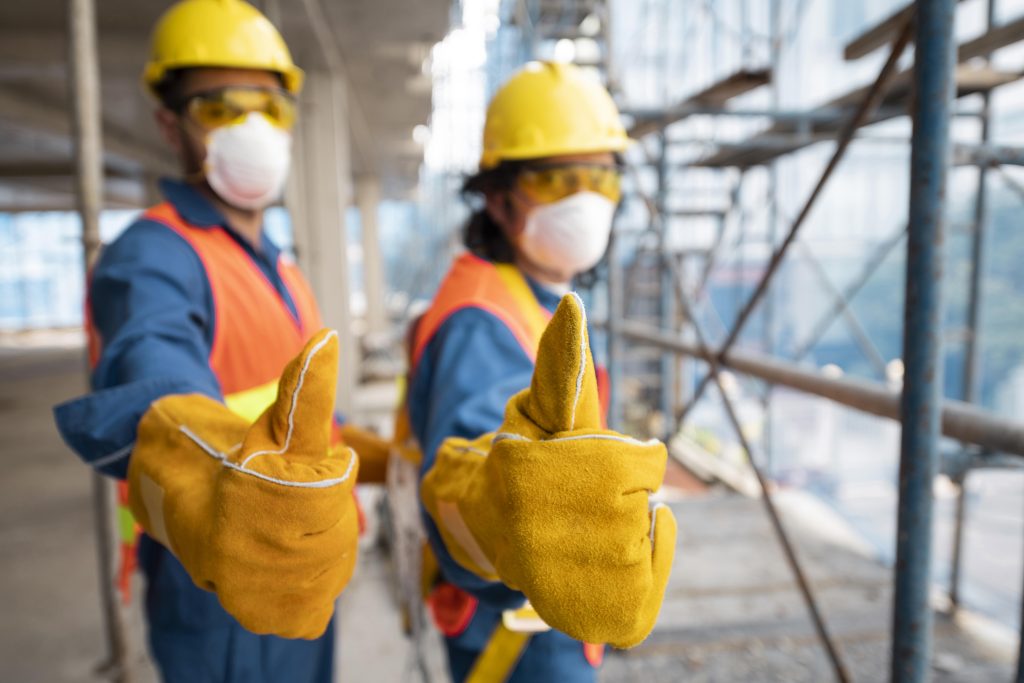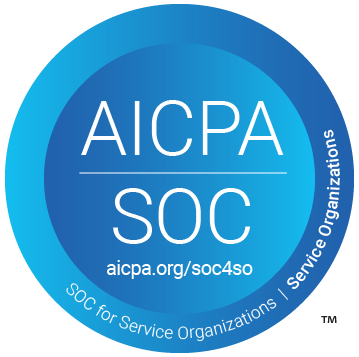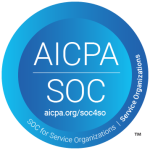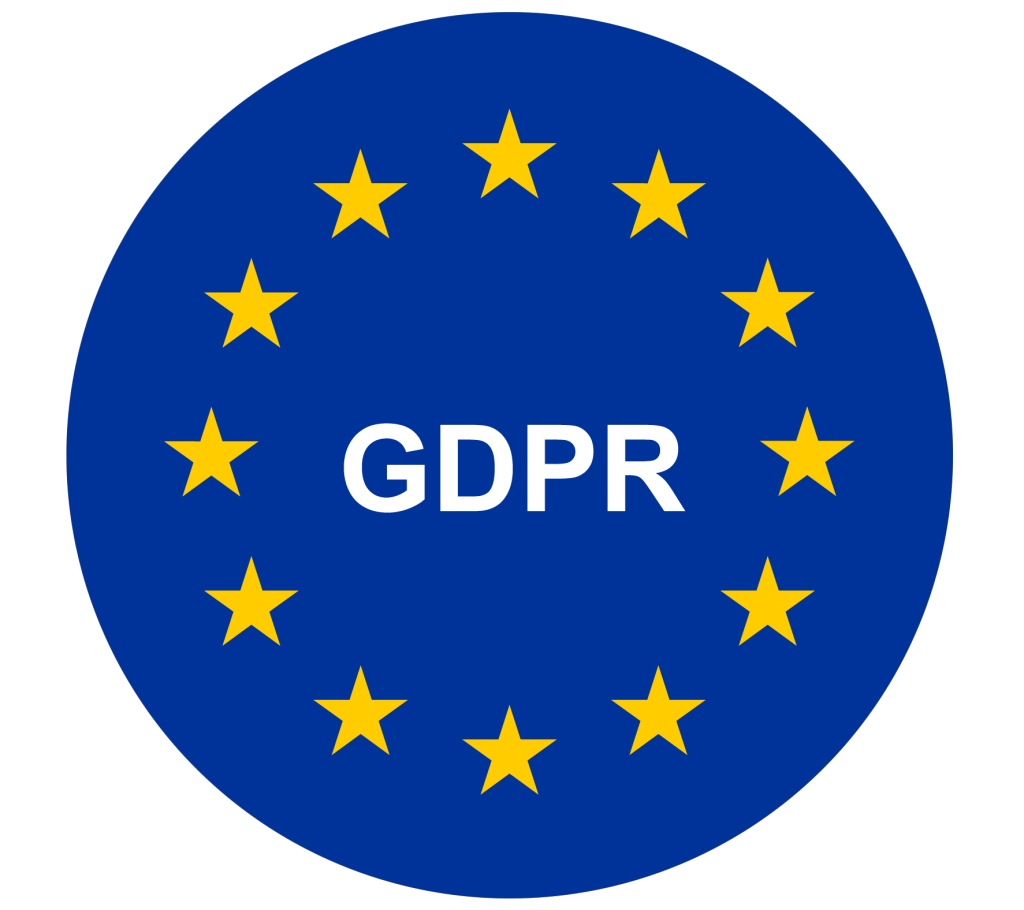A New Era of PPE Compliance
How would PPE compliance look if it incorporated self-generating automation and automatic monitoring of every situation? Human-driven inspections, alongside manual audits and human-based safety watches, form the foundation of traditional safety but do not prevent human errors from occurring. Any neglect of personal protective equipment (PPE) procedures in high-risk environments might cause significant harm, together with regulatory problems and expensive operational stoppages.
Vision technology enabled by AI transforms PPE compliance into a time-sensitive automated monitoring system that replaces traditional reactive methods. Deep learning and vision technologies allow companies to maintain PPE compliance while safety officers evolve into strategic company leaders who can maintain workflow operations.
The Shift from Compliance to Culture: Why It Matters

Compliance with PPE is more than a box to be ticked—it’s a core element of work safety culture. When workers see PPE compliance as just another part of their job, as opposed to a dictate, organizations see fewer infractions and a safer workspace. Yet the cultural change needed to achieve that takes more than policies and sporadic training—it takes a continuous, proactive effort supported by AI-powered insights.
AI-powered PPE monitoring enables this transition by:
- A system for monitoring compliance through automation eliminates errors made by humans. Human-based compliance monitoring through inspectors has shown limitations because their inspections can be overlooked due to fatigue, unintentional bias, or excessive workload. AI-powered vision systems run uninterrupted to detect PPE noncompliance instantly throughout their operational hours with precise results. The automated system delivers objective and consistent compliance enforcement through capabilities that overcome human limitations.
- Online feedback helps workers stay aware and responsible for their actions. Workers receive instant alerts that enable quick corrections to their mistakes immediately versus waiting for scheduled safety review times. The AI system automatically sends notifications to employees and supervisors about helmet-less personnel detected in dangerous areas, starting immediate corrective action sequences before safety threats materialize. The instant response system creates a commitment to follow safety guidelines and develops a workplace environment where safeguarding is a top priority for daily workplace procedures.
- Proactive safety measures become possible through behavioral trend analysis performed by management. AI analysis processes detect multiple instances of noncompliance through its advanced capabilities. The system reveals predictable behavioral patterns that show where PPE rules are often broken, including particular shifts, departments, and staff members. This information allows management to implement targeted training programs, adjust workflows, or introduce incentives to encourage better compliance behaviors.
A safety-first mindset is cultivated when compliance is consistent, immediate, and reinforced by AI insights rather than periodic manual checks. When employees see that safety protocols are actively monitored and reinforced, they internalize compliance as a fundamental aspect of their job rather than an arbitrary rule imposed by leadership. Over time, this shift leads to a self-sustaining culture where workers take collective responsibility for their safety and that of their colleagues.
How AI-Driven PPE Monitoring Works
AI-powered workplace safety solutions like those developed by Visionify use computer vision and deep learning to analyze real-time video feeds and detect PPE compliance. This technology enables organizations to:
- Automatically detect missing PPE. Powered systems track work environments through real-time camera footage to verify which protective equipment employees do or do not possess, including helmets, gloves, vests, and glasses. AI-driven monitoring operates around the clock, immediately detecting noncompliance events, thus preventing serious risks.
- The system should automatically notify supervisors regarding all detected violations. AI systems identify PPE violations, which cause instant alerts to be sent to safety officers and supervisors. The system lets users set alerts according to violation levels because minor offenses trigger automated worker notifications before management gets real-time alerts about dangerous violations. The fast-acting alert system enables organizations to handle safety issues before unfortunate incidents and regulatory noncompliance occur.
- The system needs to work perfectly with current safety monitoring platforms. AI systems for PPE compliance bring additional capabilities that support existing infrastructure within workplace security and safety systems. AI solutions can integrate seamlessly into existing safety systems of organizations regardless of their surveillance camera status and access control setup and IoT-based sensor deployment. The smooth adoption process, along with uninterrupted operations, becomes possible through the integration of these safety protocols.
Real-World Impact: Data-Driven Safety Improvement
Organizations implementing AI-driven PPE compliance solutions generate clear advantages for their business operations. The Visionify system enables businesses to dramatically reduce PPE infractions while reducing workplace accidents and boosting operations. Companies using PPE compliance solutions from Visionify have experienced these benefits according to their reports:
- Up to 90% reduction in manual compliance monitoring efforts, freeing up safety personnel to focus on more strategic safety initiatives.
- Lower injury rates, leading to fewer workers’ compensation claims and reduced insurance and liability costs.
- Improved adherence to safety regulations, minimizing compliance-related fines and penalties while maintaining a safer work environment.
AI-based PPE monitoring serves to develop an active safety culture that places worker health above regulatory requirements. Employees will naturally develop safer workplace behaviors because they make compliance a habit instead of experiencing it through external requirements.
Bridging the Gap: AI and Human Oversight
AI technology builds upon human oversight rather than substituting it because it works to improve PPE compliance standards. AI technology allows environmental health safety (EHS) professionals to move away from enforcing compliance after incidents and toward preventing them in advance through its capabilities.
- Safety managers free themselves from administrative tasks to create extensive risk mitigation plans by shifting away from time-consuming PPE manual evaluations.
- Safety professionals obtain data-driven operational intelligence from this system to locate recurring compliance issues, risk patterns, and trends, guiding them toward specific preventive measures.
- Workforce engagement increases when employees learn about safety duties through systematic feedback systems and AI-based training schemes.
AI is an effective ally for human safety personnel, enabling their compliance activities to remain effective and efficient. AI systems deliver data and automated functionalities, enabling safety experts to base their judgments on better information.
The Future of PPE Compliance: Personalized Training & Predictive Safety
As AI technology continues to evolve, PPE compliance is shifting from reactive enforcement to predictive safety. Future advancements in AI-driven workplace safety will include:
- Personalized safety training, where employees receive tailored safety instructions based on their past compliance behaviors. If AI detects repeated PPE violations from a particular worker, it can trigger automated refresher training specific to that individual’s needs.
- Predictive compliance analytics leverages AI to forecast potential safety risks before they become incidents. By analyzing patterns in PPE violations, AI can alert management to areas that require immediate intervention, preventing accidents before they occur.
- Integration with broader workplace safety systems, ensuring a holistic approach to hazard prevention by connecting AI-driven PPE monitoring with incident reporting tools, worker health monitoring, and environmental hazard detection.
Visionify is at the forefront of these innovations, helping companies not only meet current compliance standards but prepare for the future of workplace safety. By leveraging predictive analytics and adaptive training, businesses can build an environment where safety is not just enforced—it is ingrained in every worker’s daily routine.
Conclusion: AI is More Than a Tool—It’s a Safety Partner
AI-powered PPE monitoring redefines workplace safety, transforming compliance from a regulatory necessity to an ingrained cultural norm. Companies that embrace AI-driven solutions are reducing accidents and fostering a proactive safety environment where every worker plays a role in maintaining compliance.
With Visionify’s AI-driven PPE compliance solutions, businesses can shift from reactive enforcement to intelligent prevention, ensuring that workplace safety becomes second nature rather than an afterthought. Is your workplace ready for future PPE compliance? Learn how Visionify can help build a safer, more innovative work environment.





